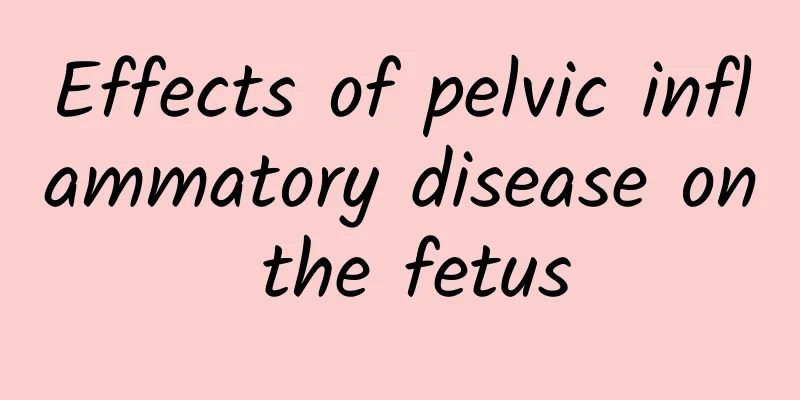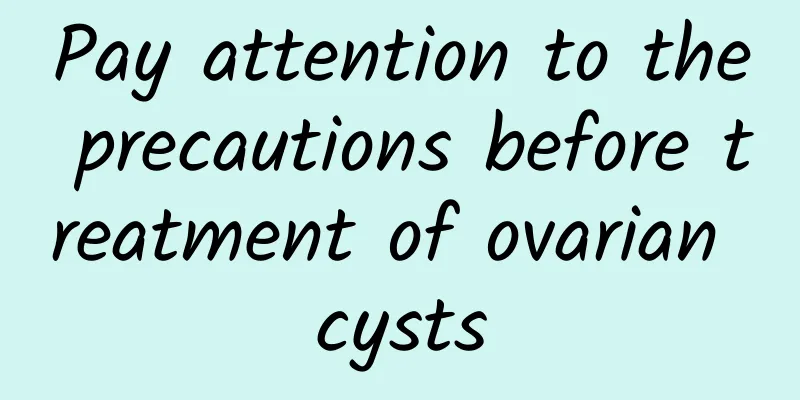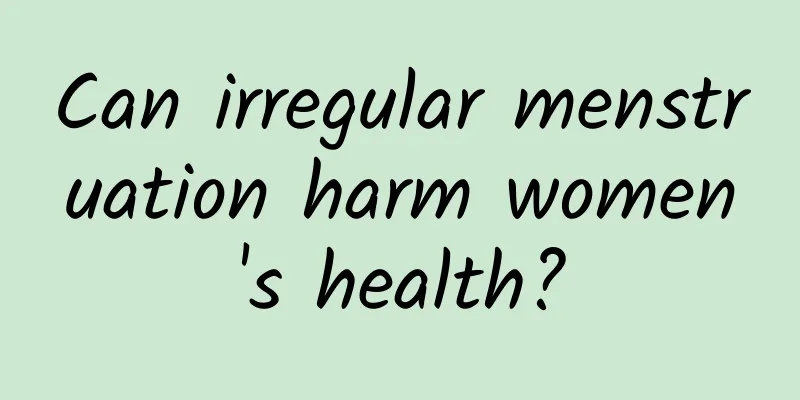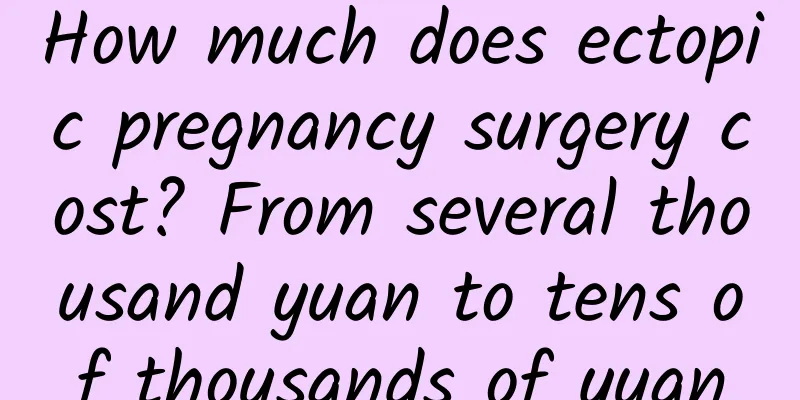Drug curettage can treat anovulatory functional uterine bleeding

|
Anovulatory functional uterine bleeding refers to irregular uterine bleeding caused by neuroendocrine system dysfunction. It is more common in adolescence and menopause and requires timely treatment. Drug curettage can treat anovulatory functional uterine bleeding. Method of curettage and dilatation for the treatment of functional uterine bleeding Medical curettage is for patients with anovulatory functional uterine bleeding who lack progesterone in their bodies, causing pathological physiological changes in the uterus. Treatment method: patients receive intramuscular injections of progesterone, 20 mg per day, for 3 days until the endometrium changes to the secretory phase, and then stop taking the drug, causing an artificial decrease in blood progesterone levels. Withdrawal bleeding may occur during treatment When curettage is used to treat functional uterine bleeding, the endometrium is regularly shed and bleeding occurs, which is called "withdrawal bleeding". This type of bleeding is similar to the amount of menstrual bleeding and lasts for about 7 days. Sometimes the amount is large and this is inevitable. Before using progesterone, the patient must be informed that the hemostatic effect will only appear after the withdrawal bleeding stops. Ways to reduce withdrawal bleeding In order to reduce the amount of withdrawal bleeding, testosterone propionate (a male hormone preparation) can be injected at the same time as progesterone is injected intramuscularly, 25-50 mg per day for 3 days. If the amount of bleeding is still large, the patient should rest in bed and take general hemostatics such as vitamin K, hemostatics, vitamin C, and hemostatic aromatic acid orally or intramuscularly. In severe cases, glucose solution and blood transfusion can be used. Estrogen and progesterone preparations should not be used during withdrawal bleeding. Tips: Medical curettage is suitable for unmarried patients with anovulatory functional uterine bleeding. |
>>: Treatment of amenorrhea caused by insufficient kidney qi and liver and kidney deficiency
Recommend
Can you eat sweets to lose weight? You must learn to control the "portion" and "frequency"
Friends who love sweets but are afraid of getting...
What are ovarian cysts and what are the dangers
What is an ovarian cyst? What are the dangers? Ph...
How is dysmenorrhea diagnosed?
How to diagnose dysmenorrhea? Dysmenorrhea is a c...
The harm of not treating threatened abortion in time
Many female friends will have many problems, big ...
What harm does pelvic inflammatory disease do to women's bodies?
Pelvic inflammatory disease is a common gynecolog...
Various examination methods for cervical precancerous lesions
Cervical precancerous lesions refer to lesions th...
How serious is the cervical precancerous lesion?
The severity of cervical precancerous lesions dep...
What are the types of vaginitis?
I believe many people have heard of vaginitis. Va...
Common symptoms of vulvar leukoplakia
Vulvar leukoplakia is also known as vulvar leukop...
Save money and make instant noodles more elegant! The highest increase in two years is 25%
According to the Directorate-General of Budget, A...
Is ovarian chocolate cyst a disease? What is the pathogenesis?
Ovarian cysts can be treated based on the speed o...
What medicine should women take to regulate their menstrual disorders? Chinese medicine prescriptions for women with irregular menstruation
What medicine should be taken to regulate irregul...
Precautions during treatment of chocolate cysts
What are the precautions for chocolate cyst treat...
How to treat vaginal candidal infection
Due to problems such as poor clothing hygiene and...
Experts outline the causes of female adnexitis
In recent years, the incidence of adnexitis has b...









